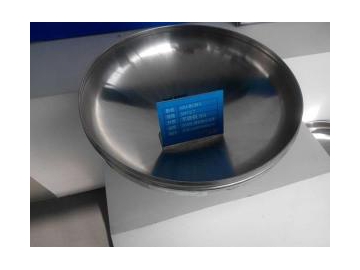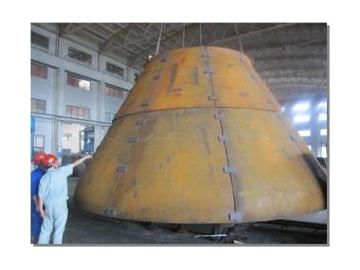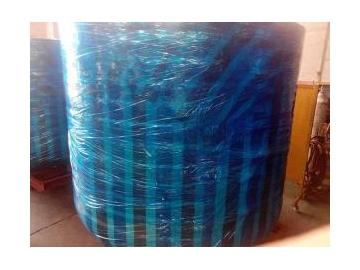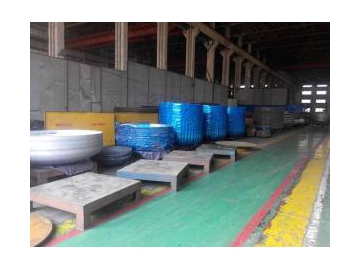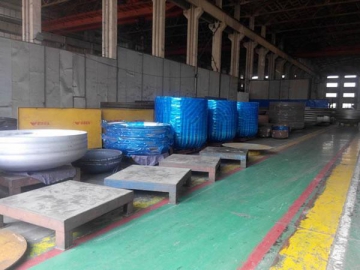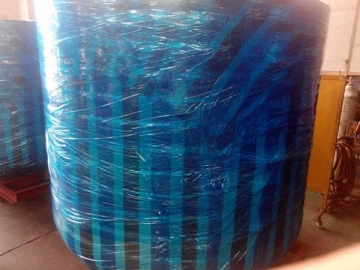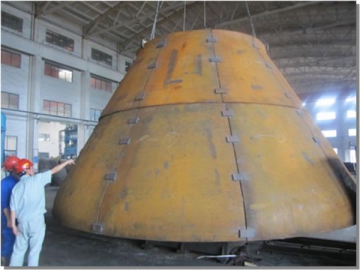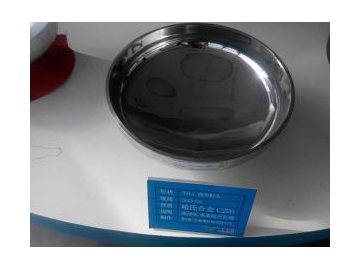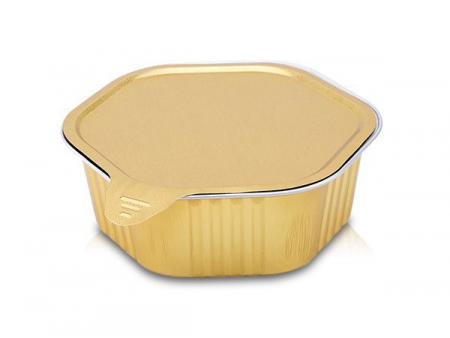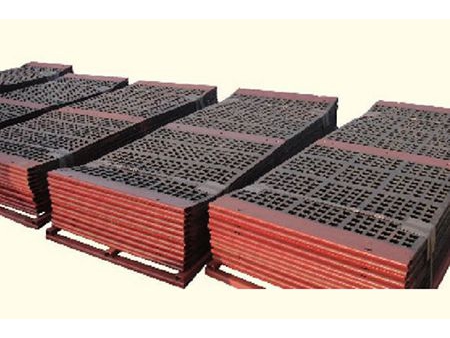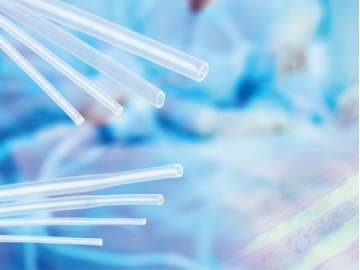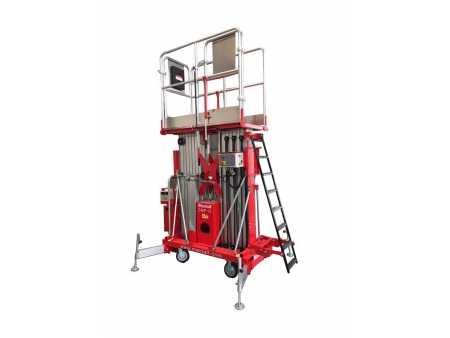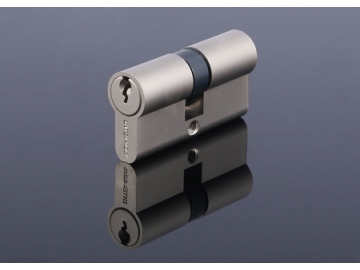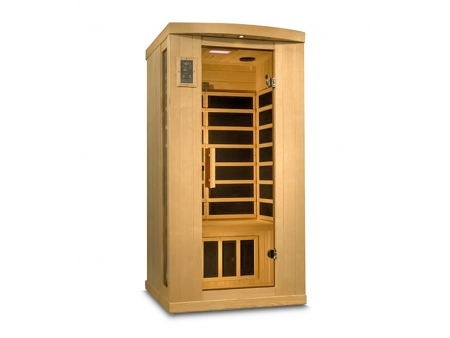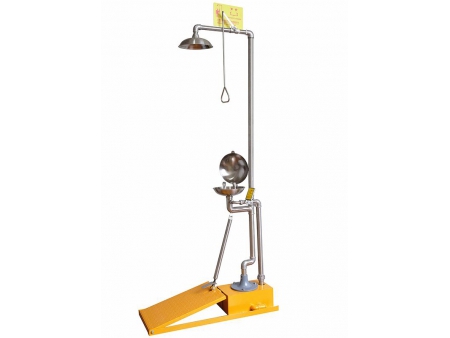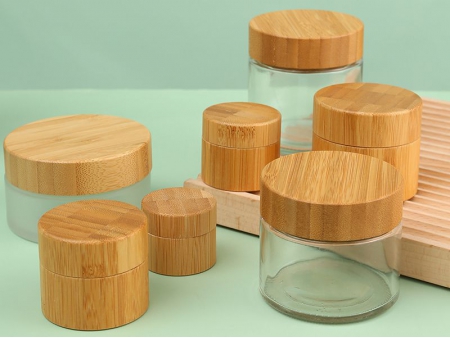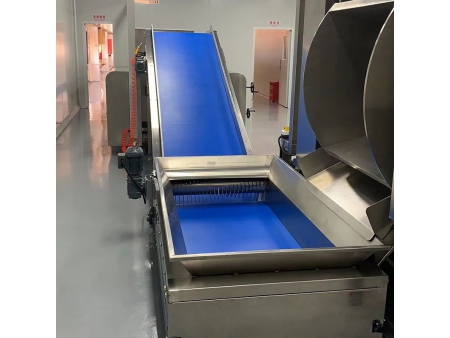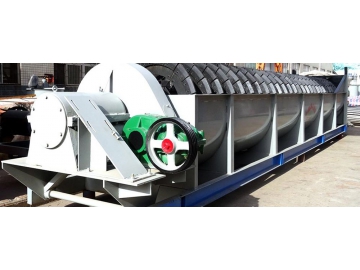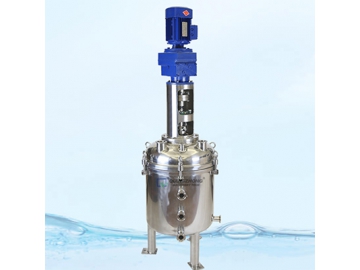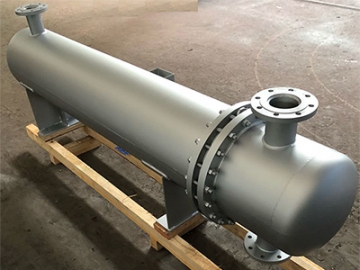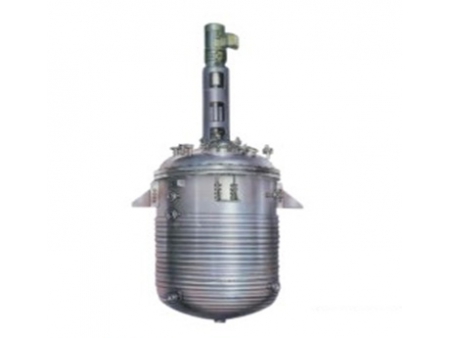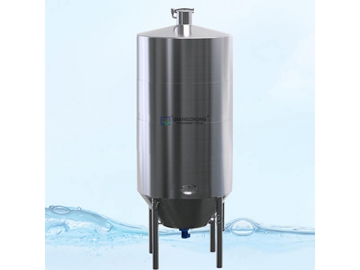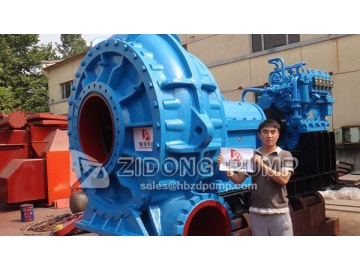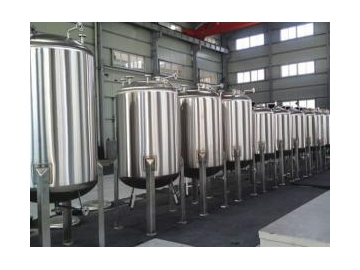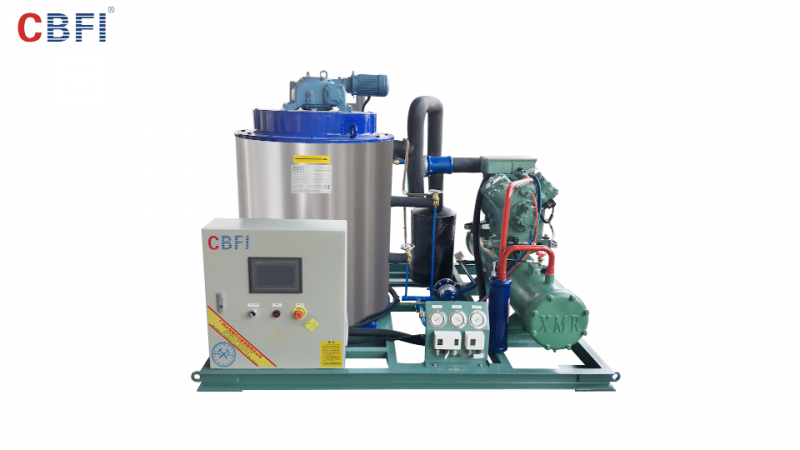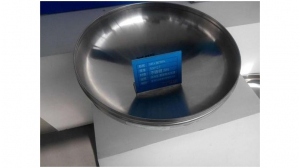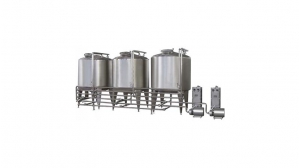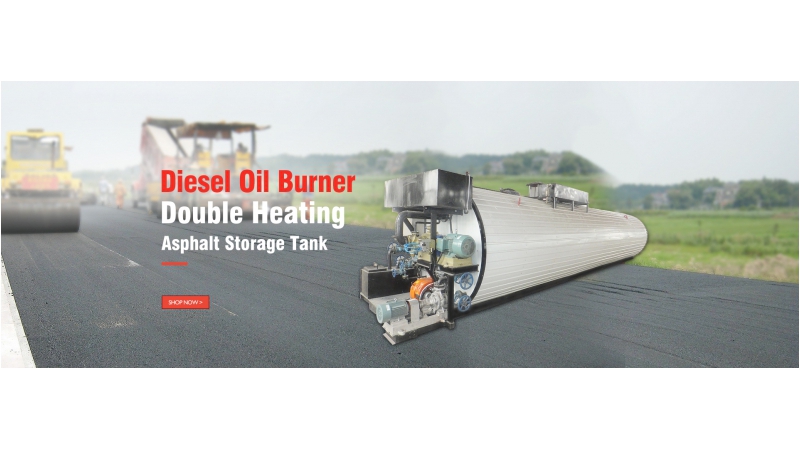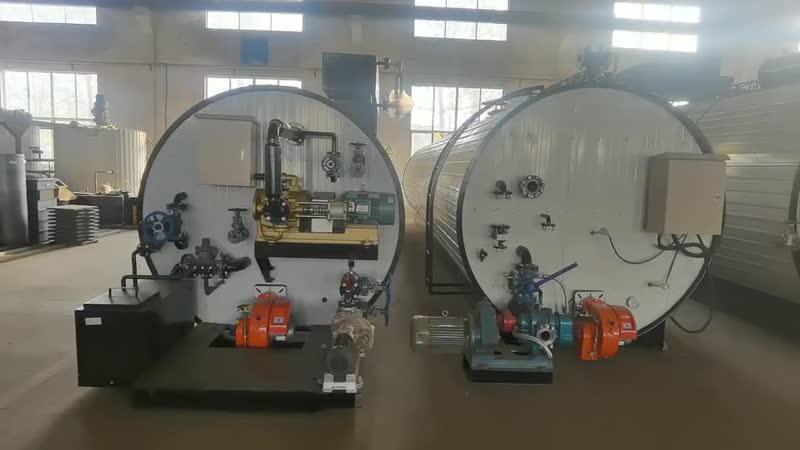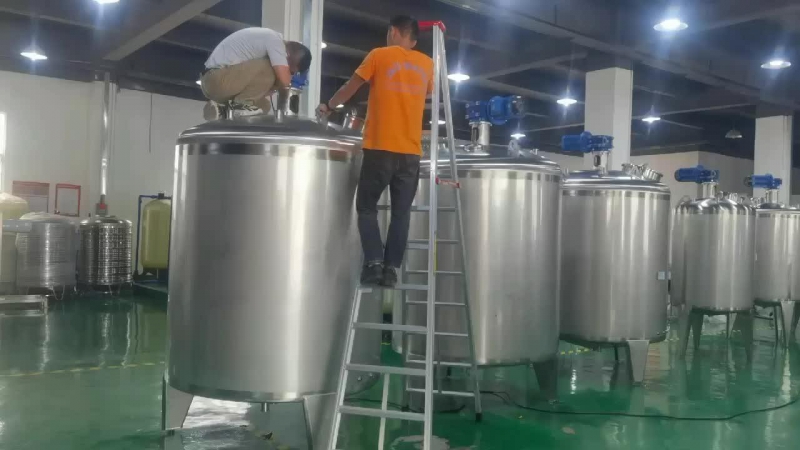Tank & Vessel Heads for Cryogenic Vessel
Head for Cryogenic Vessel, Customized Vessel Head, Head for Liquefied Ethylene Tank, Head for Liquefied Natural Gas, Vessel Head Customization Service
Weide takes a total area of 30 thousand m2. Our head forming is the most advanced one in the world. We have now independently developed 6600t, 3000t, and 680t fully automatic double-acting hydraulic presses, 10m, 4m, and 3m cold metal spinning machines, 4.5m hot metal spinning machines, and other supporting equipment and molds. We have comprehensive , allowing Weide to produce pressure vessel heads of all shapes, specifications, and materials.
Mechanical Behavior or Heads for Cryogenic Vessel
In table 2.6 we list the tensile test result of different stainless steel heads in low-temperature state. We take chromium stainless steel head as an example because its' toughness decreases dramatically when placed in low-temperature condition. Besides, austenitic stainless steel head shows little decrease in toughness but dramatic increase in tensile strength as the temperature lowers.
| Chemical composition (%) | Temperature (℃) | Yield point | Tensile strength | Elongation rate | Rate of reduction in area | ||
| Cr | C | Mn | |||||
| 13.5 | 0.35 | 0.40 | Room temperature-183 ℃ | 94.7 | 100 | 10 | 37 |
| 17.0 | 0.10 | 0.40 | Room temperature-183 ℃ | 19 | 65 | 14 | 71 |
| 20.0 | 0.25 | 0.50 | Room temperature-183 ℃ | 55 | 44.3 | 24 | 59 |
Under a low temperature, among all of the mechanical characters, impact resistance is the most important property of heads. But it is shown in table that, just like carbon steel head, the impact resistance of martensitic and ferritic stainless steel heads decline significantly when the temperature drops, proving the resistance of critical temperature.
Till now, there is no evidence indicating a sharp decrease of the impact resistance of austenitic stainless steel head in a low-temperature situation. So the austenitic stainless steel head features high impact resistance even under an ultra-low temperature, making it an ideal for cryogenic vessel.
However, when there is ferrite in austenitic stainless steel head, or the head has been given sensitive treatment, the heads' resistance to impact will decline. To avoid thermal crack, generally there is a few percent of ferrite in deposited metal of the stainless steel heads. In the heat affected zone of 18Cr--8Ni stainless steel head, there may be chromium carbide separated out at grain boundary, which is also a problem we should take care under the premise of ensuring the toughness of head under low temperature.

